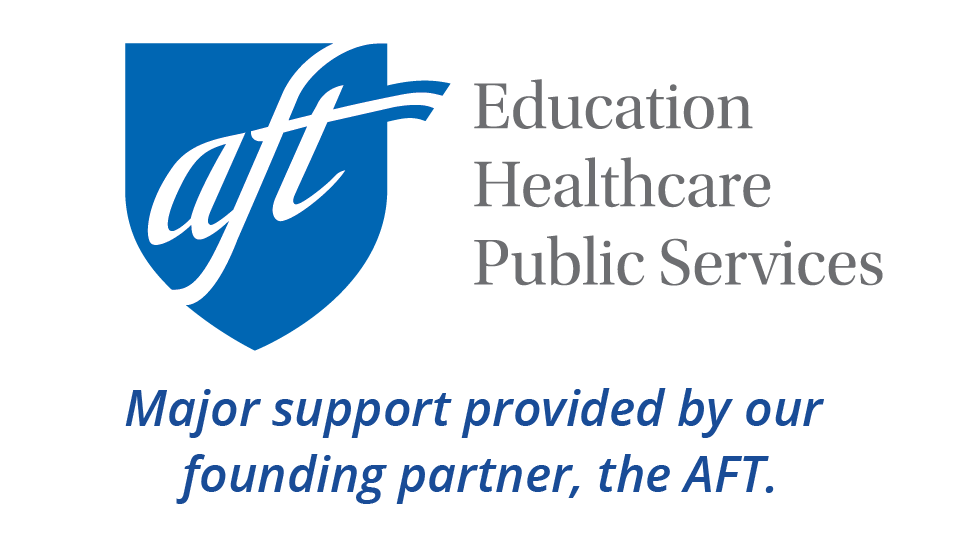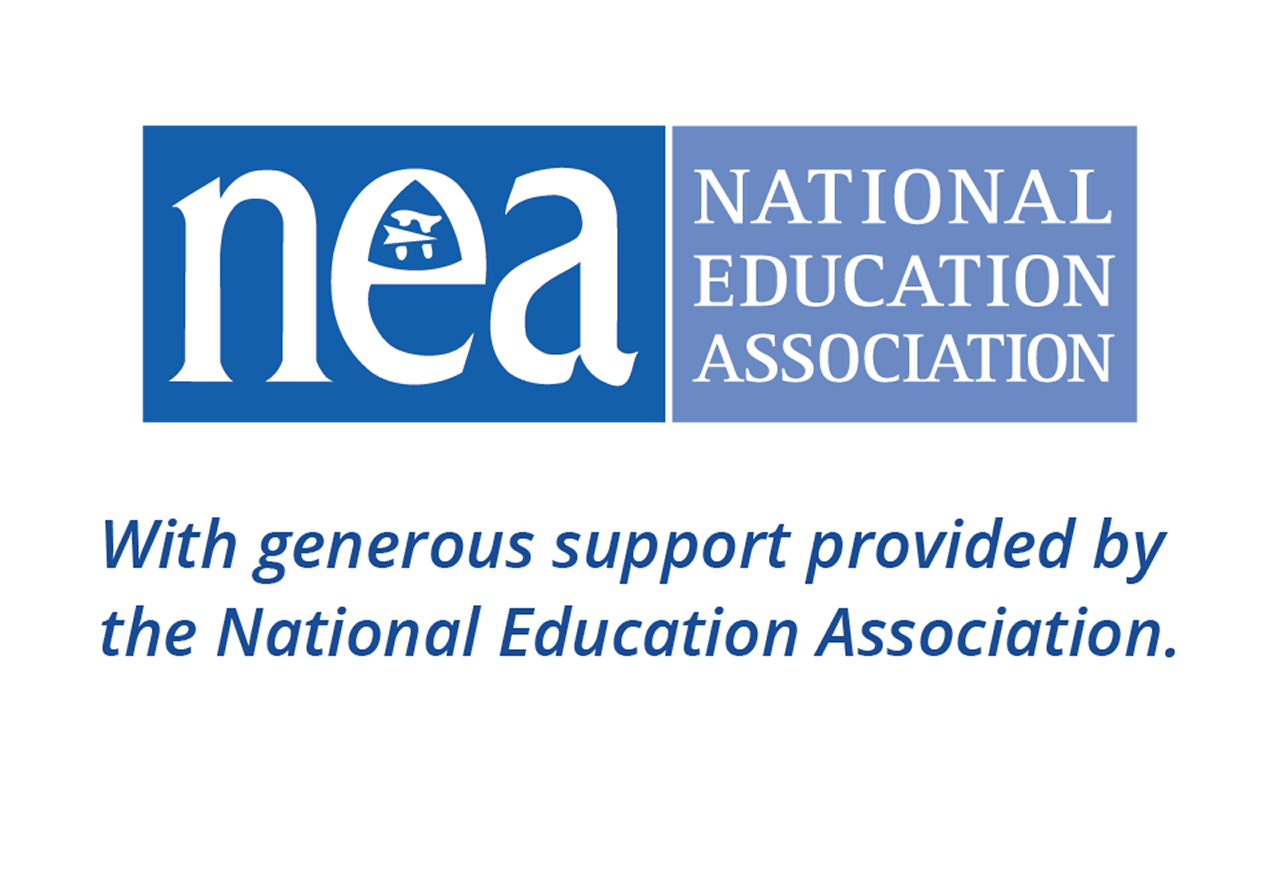We began the “Community Support Team” to bring together cultural liaisons, district leaders, social workers, and teachers to provide guidance on what was happening in the field, helpful resources and how to best share them…It’s very helpful to have this group to discuss and contribute ideas and members to do fact-checking or check in with others with related experience. Team members said they really appreciated the time to be together and share their thoughts and feelings with others.
– Kristina Robertson, English Learner Program Administrator, Roseville Public Schools (MN)
Overview
Download tip sheet:
Many schools who have successfully partnered with English Language Learner (ELL) and immigrant families credit a team approach for their success. This allows for multiple perspectives to be involved, as well as a sense of shared responsibility and engagement among colleagues.
The most successful approaches to collaboration will be school-wide/program-wide, led by administrators and involving:
- ESOL teachers, bilingual staff and liaisons, and interpreter
- classroom teachers and counselors
- custodial, cafeteria, administrative, and bussing staff
- administration
- substitute teachers
- school resource officers/security personnel
- out-of-school time staff
- community partners.
These professionals will have a wide range of interactions with students at different times and in different settings. Not only are there certain guidelines they should be following related to immigrant students, but they can be a valuable source for support and ideas. As a team, you can brainstorm ways to engage members of the staff around these issues.
Here are some strategies for engaging staff and encouraging collaboration. For related ideas, see our strategies on providing staff with social-emotional support around difficult topics as well.
The role of ELL/bilingual colleagues
Note: The staff who work with ELL and immigrant students frequently (ESOL specialists, ELL/bilingual paraprofessionals, parent liaisons, interpreters, etc.) are a valuable asset. They know these students and families well, perhaps better than anyone in the school, and they will be able to bring important insights to any conversations regarding the questions and concerns of students and families. Including them as equal and respected members of the team is a critical step towards collaboration — yet they are not always included in school-wide or district-wide conversations or initiatives.
At the same time, they cannot be expected to manage the issues impacting ELL and immigrant families singlehandedly, nor to be experts on the issues and questions (particularly around legal topics) that immigrant families may have. This is another reason that a collaborative approach can make a positive difference.
Create a support team
Why this matters
A number of districts around the country are creating immigrant (or "community") support teams to pull together multiple perspectives on how best to support students. This might include administrators, parent liaisons, ESOL/bilingual teachers, classroom teachers, counselors or social workers, other staff members, parents, students, and community members.
Tips for getting started
- Discuss the needs that are most urgent to address.
- Consider whether a similar model might be useful in supporting other populations, or whether you can learn lessons from other school-/district-wide teams (like a multi-tiered systems of support, or MTSS, team).
- Start with small goals that are achievable and realistic for the group.
- Spend some time getting to know each other and building trust.
- Take time to reflect and relax as a group.
- Identify possible partners in the community.
Recommended resources
- All Hands on Deck: Creating Immigrant Support Teams for Students in Topeka (Sarah Fladwood-Handley, Kansas)
- Finding Answers for Our Immigrant Students and Families: An ELL District Leader's Perspective (Kristina Roberston, Minnesota)
Designate a point person on immigration issues
Why this matters
Having a lead contact on immigration issues can make it easier for the whole staff to stay updated. This might be a social worker, community partner, or someone else who has contacts with families and community organizations that are monitoring changing events closely. This person can also stay up-to-date on district policies, what other districts are doing, and when outside guidance will be needed.
Tips for getting started
- Identify a staff member who is well-versed in immigration issues, or interested in learning. If it’s a role you'd like to take on, consider volunteering!
- Look for resources that will help you stay-up-date, as well as professional networks and resources (both in the community and online).
- Find your "go-to" contacts who can answer questions.
- Keep in mind that the job of this person is not to provide legal advice, but rather to monitor events and resources in the community.
Recommended resources
- Glossary of Common Terms: Immigration (Immigrants Rising)
Clarify policies related to advocacy and outreach
Many teachers have questions about what they are allowed to do in terms of outreach to immigrant families. Schools and districts handle this issue differently, especially regarding the use of school facilities and teacher involvement in sharing information on families' rights. Questions may arise about meeting on school property, inviting outside advocates or lawyers to meet with families, or sending home 'know your rights' pamphlets.
Districts have taken different kinds of approaches to this kind of outreach, including:
- clear guidance to staff about what is permitted, such as the example of Superintendent Scott Kizner of Stafford County Schools, VA (formerly the leader of Harrisonburg, VA schools)
- quiet support of teachers sharing contact information of immigrant organizations
- explicit prohibition of any activity on this issue.
Often teachers themselves are looking for guidance from the district. One teacher noted, "In my city, in Texas, there are 5 different school districts and each district has their own interpretation of what teachers are allowed to do, which limits us."
Tips for getting started
For school/district leaders
- Talk with educators to find out what their questions are, which may already be addressed by current policy. Chances are that if a few teachers have questions, others do too. Staff may wish to be supportive of students but fearful of repercussions.
- Find out whether your district has such a policy, and if so, learn what it includes.
- Take steps to clarify related policy for staff, and consider creating a policy if none exists.
For educators
- Ask building leaders, district officials, and your local teacher's union about what's permitted. Your state may also have some guidance on this issue.
- Share what you learn with colleagues and leaders in your building and district.
Look for collaboration opportunities with your local or state teachers' union
Why this matters
An additional resource in this work may be your local, state, or national teachers' union. The American Federation of Teachers and National Education Association have done extensive work supporting immigrant students, families, and educators, including:
- "Know your rights" training (both in-person and online)
- Sharing educator testimonials
- Offering guidance on what steps teachers can take to support students
- Providing support for "DACA-mented" teachers (teachers with DACA)
- Providing legal guidance and support for teachers with questions about advocacy.
One educator wrote in our 2017 survey on how schools are supporting immigrant families wrote, "Our teacher's union has pulled together a number of resources and toolkits for teachers — the unions can be a great resource."
Tips for getting started
- Ask your local union about what resources they have on topics of interest.
- Take a look at the national American Federation of Teachers and National Education Association immigration websites for additional resources.
Share personal stories
Why this matters
A personal story can be a powerful tool. Stories help colleagues, leaders, and community members understand how or why a particular issue is impacting a student or family in ways that other kinds of information may not. For example, when Mandy Manning, the 2018 National Teacher of the Year, traveled to Washington, DC to receive her award, she took the opportunity to share a stack of her immigrant/refugee students' letters with the White House as a way of lifting up her students’ experiences.
Note: You can learn more about Mandy's experiences from her interview with Colorín Colorado, as well as from her remarks at a Migration Policy Institute panel discussion about UNESCO's 2018 report, Migration, Displacement, and Education: Building Bridges, Not Walls.
Tips for getting started
If you decide that you would like to include some personal stories as part of outreach or training efforts:
- invite individuals who have publicly shared their stories to talk with colleagues, such as students, parents, staff members (i.e., teachers working with DACA), and community members
- share student stories on their behalf, respecting privacy
- share online videos of students, teachers, and celebrities talking about these issues.
You can also help students tell their stories with the ideas shared in the Colorín Colorado article Building Bridges Through Storytelling: What Are Your Students’ Stories?
Note: Do careful planning before these activities. Never assume that an individual is willing to talk about their story publicly, or that others know the same information that you do. Also, keep in mind that some students may not wish to share information about their home country, immigration story, or place of birth in classroom activities (see more on the topic of immigrant students' silence in our related section). Confirm that individuals are willing for you to share their stories before doing so.
Recommended resources
- Rusul Alrubail: I was a refugee. I’m haunted by today’s images of child refugees
- News coverage of Lizandro and Diego Claros Saravia, two student soccer stars deported after an immigration check-in from The Washington Post, NBC News, and Sports Illustrated
- Common Bond for Miami Schools Chief, Student: Being Undocumented (Education Week)
Recommended videos 
Video playlist: ELL and Immigrant student stories
Video: A long journey on a cattle raft
More recommended videos
- Student Reporting Labs: Immigration Videos (PBS NewsHour)
- Syrian children in Turkey heal through storytelling (PBS NewsHour)
Note: See additional examples of personal stories in our section on the impact of immigration issues on students.
Moving Stories app
The Moving Stories app, offered by Re-imagining Migration, allows students to record their families’ stories and view other students’ stories. The App and these accompanying lessons provide an opportunity to build empathy and understanding across diverse student experiences. It also offers empowering experiences for (often) invisible students in the classroom.







Add new comment